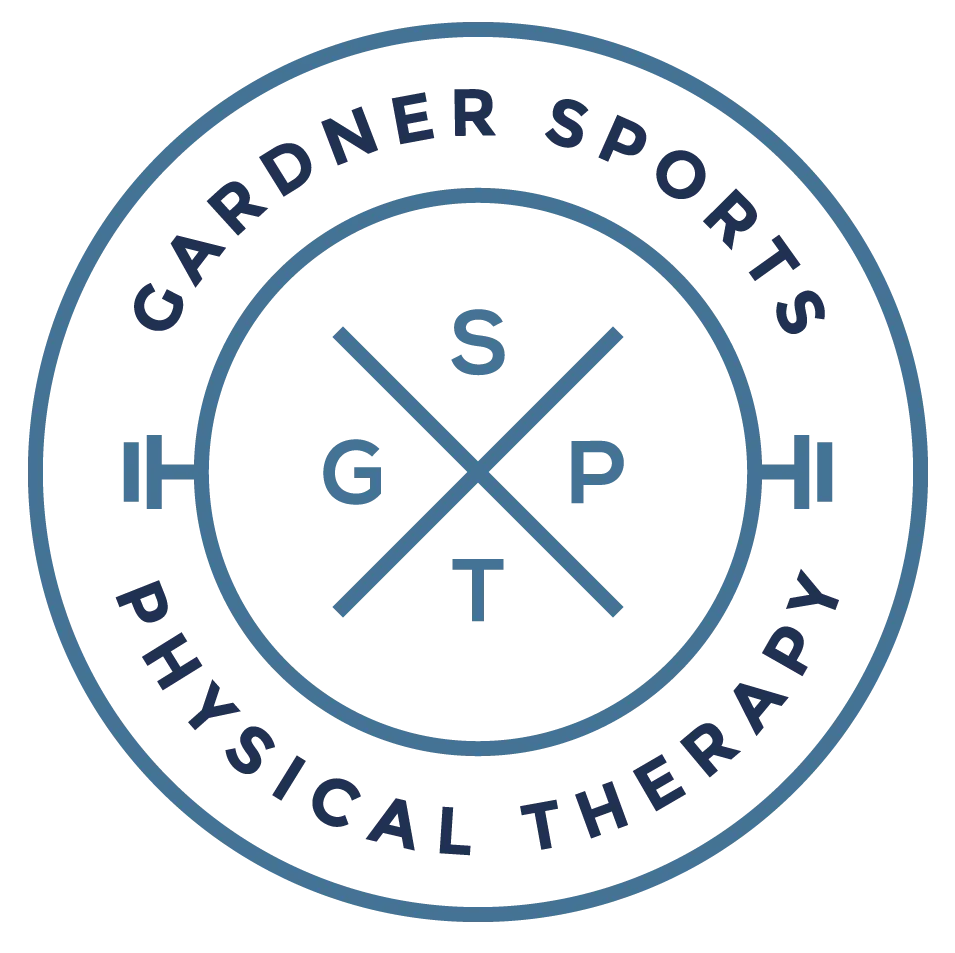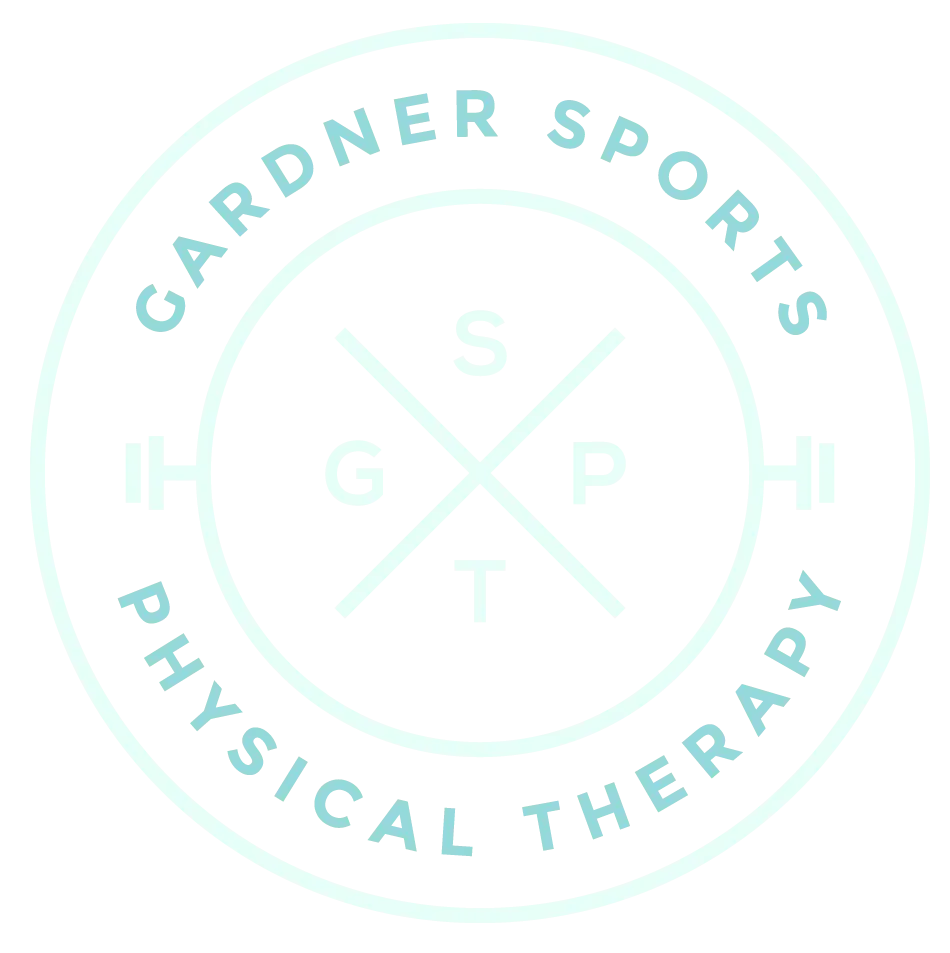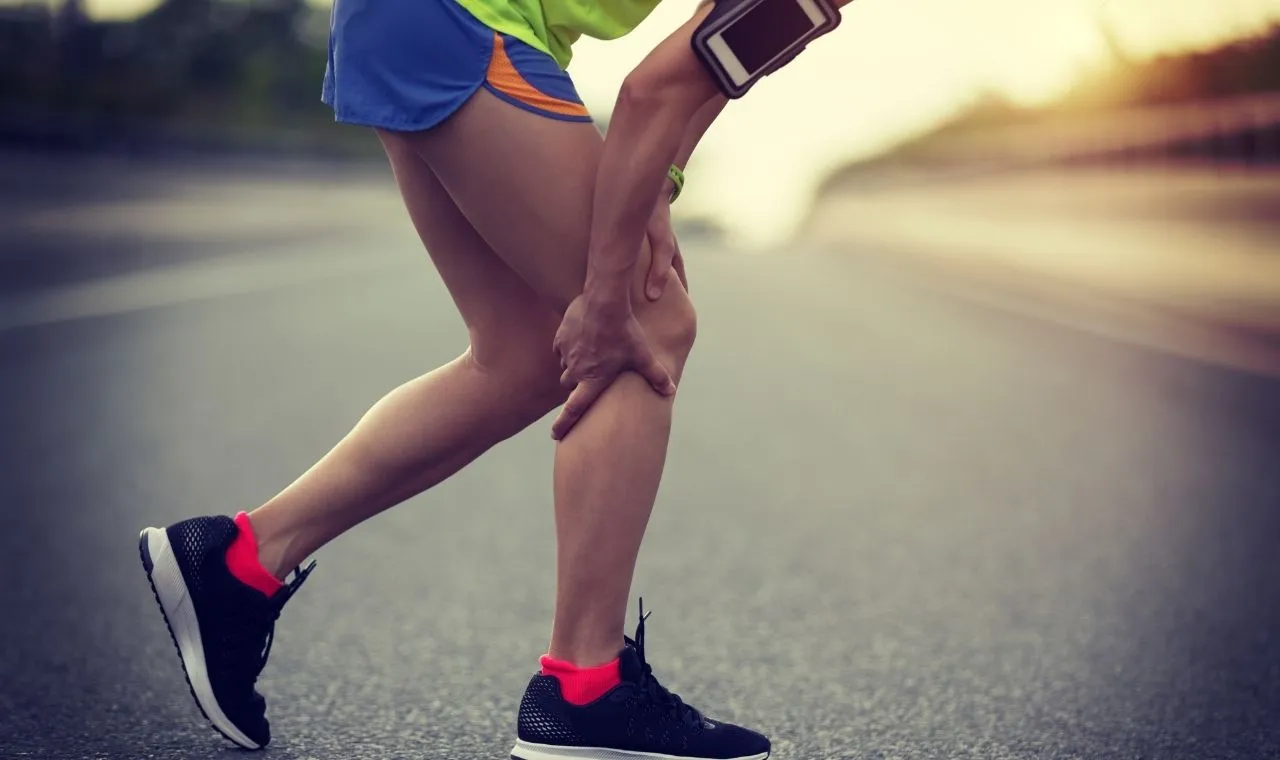Running injuries in the knees, ankles, or hips are quite frequent. Patellofemoral pain is often called “Runner’s knee” because of how common it happens to runners. There are often a lot of reasons these injuries happen, but I have found that passing some movement tests seem to provide a certain level of insurance to reduce the risk against future injury or reinjury.
In terms of movement fundamentals for running, the following criteria are a good standard to follow to determine whether you are at increased risk for an injury or may be in the clear. Please note that this is just a brief list of common areas that I find to be limited in my athletes. During a proper examination, I utilize more tests and measures to find out your specific areas of strength and weaknesses.
Ankle Range of Motion
- Why: Runners need at least 20 degrees of ankle ROM to properly move through the landing and pushoff cycles of their running gait. If you fall short of 20 degrees, you are prone to excessive strain at the knee and ankle most commonly. Sometimes this limitation can even lead to low back pain.
- The test: Ankle Mobility Test (See Video Across)
Instructions: Find an open wall in your house or gym and place your foot about 5 fingerwidths from the wall. You should be able to touch your knee to the wall without pain or stiffness in your ankle or knee or without your heel coming off the ground.
Quad and Glute Strength
- Why: This test assesses the body’s fundamental strength in the Quads and Glutes to be able to absorb the forces when the foot lands during the gait cycle. The 5 second hold tests the quads and glutes endurance whereas the depth of the squat (to about 60 degrees) tests the body’s basic strength.
- The test: 5x Single Leg Squat with 5 Second Hold
Instructions: With your hands on your hips, drop down in a single leg squat to about 60 degree knee bend. Hold this position for 5 seconds and return to standing. Perform for 5 reps total.
Balance
- Why: This test assesses your body’s awareness of its position. This sense is called proprioception and is important for body control during movement. The test is to balance in single leg stance with your eyes closed for 30 seconds. Score how many times you have a mistake.
Mistakes are scored as:
- Opening your eyes
- Touching the ground with your other foot
- Losing footing with the stance foot
- Touching and/or crossing your raised leg to your stance leg
- Hands coming off your hips
- Your raised leg flaring out more than 30 degrees from it’s original position
- Leaning over more than 30 degrees with your trunk/upper body
Load Acceptance
- Why: Runners need to be able to absorb and explode off their leg in a repetitive manner at a submaximal level (unless they are sprinting). This test captures your body’s ability to land, absorb the force to stick the landing, and then explode after a 3 second pause
- The Test: 5x Single Leg Hop Stick with Submax Effort
- Instructions: Place your arms behind your back and jump as far as you can with control (this won’t be as far as you can possibly jump, but as far as you can go and stick the landing).
- Mistakes are scored as:
- Failing to stick the landing
- Opposite leg crossing over the stance leg or spreading out beyond 30 degrees from original position
- Losing hands from their behind back position
- Needing to use opposite foot to stabilize landing
- Special Note: this test should NOT be painful and you must pass the strength and balance tests prior to attempting this test.
As I have stated above, these tests are my 4 go-to quick tests for determining if someone is ready to start running after an injury or tests to help determine future running injury risk. They capture a good amount of information, but don’t always tell the whole story. If you find yourself struggling with some knee pain, feel free to sign up for a free injury consultation by clicking the link below!
Also, comment below to let me know how you did on the tests!



